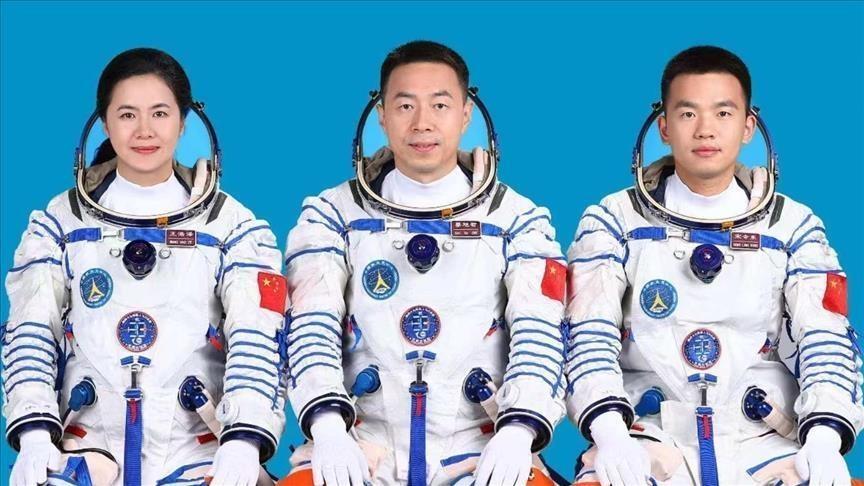
3 Chinese Astronauts Return After 6-Month Mission in Space Station
In a remarkable achievement, three Chinese astronauts from the Shenzhou-19 mission safely returned to Earth on Wednesday, after spending six months aboard China’s Tiangong space station. Cai Xuzhe, Song Lingdong, and Wang Haoze touched down at the Dongfeng landing site in the northern Inner Mongolia Autonomous Region, marking the end of their groundbreaking mission.
The astronauts’ return had been delayed by a day due to poor weather conditions, but they finally landed safely, bringing an end to their 183-day journey in space. The successful mission not only demonstrates China’s growing capabilities in space exploration but also showcases the country’s commitment to advancing scientific research and technological innovation.
During their six-month stay on the Tiangong space station, the astronauts conducted a range of scientific experiments, including studies on the effects of microgravity on plants and animals, as well as research on the behavior of fluids and gases in space. They also performed maintenance tasks, including upgrading the station’s equipment and conducting spacewalks.
The Shenzhou-19 mission marks a significant milestone in China’s space program, as it is the longest-duration mission to date for Chinese astronauts. The mission also highlights the country’s growing expertise in space station operations, with the Tiangong space station serving as a vital platform for scientific research and technological development.
The return of the astronauts comes at a time when space exploration is gaining momentum globally. With private companies like SpaceX and Blue Origin pushing the boundaries of space travel, countries like China are also investing heavily in their space programs. The Shenzhou-19 mission is a testament to China’s commitment to advancing its space capabilities and contributing to the global pursuit of scientific knowledge.
The success of the Shenzhou-19 mission is also a reflection of the hard work and dedication of the Chinese space agency, the China National Space Administration (CNSA). From the design and development of the Tiangong space station to the training and preparation of the astronauts, every aspect of the mission has required meticulous planning and execution.
The return of the astronauts also marks a new chapter in China’s space program, as the country prepares to launch new missions and expand its presence in space. With the Tiangong space station expected to continue operating until at least 2026, the Shenzhou-19 mission has set the stage for further scientific research and technological innovation.
As the world celebrates the safe return of the Shenzhou-19 astronauts, it is evident that China’s space program is on an upward trajectory. With its growing capabilities and expertise, China is poised to make significant contributions to the global space community and play a leading role in the next frontier of human exploration.






